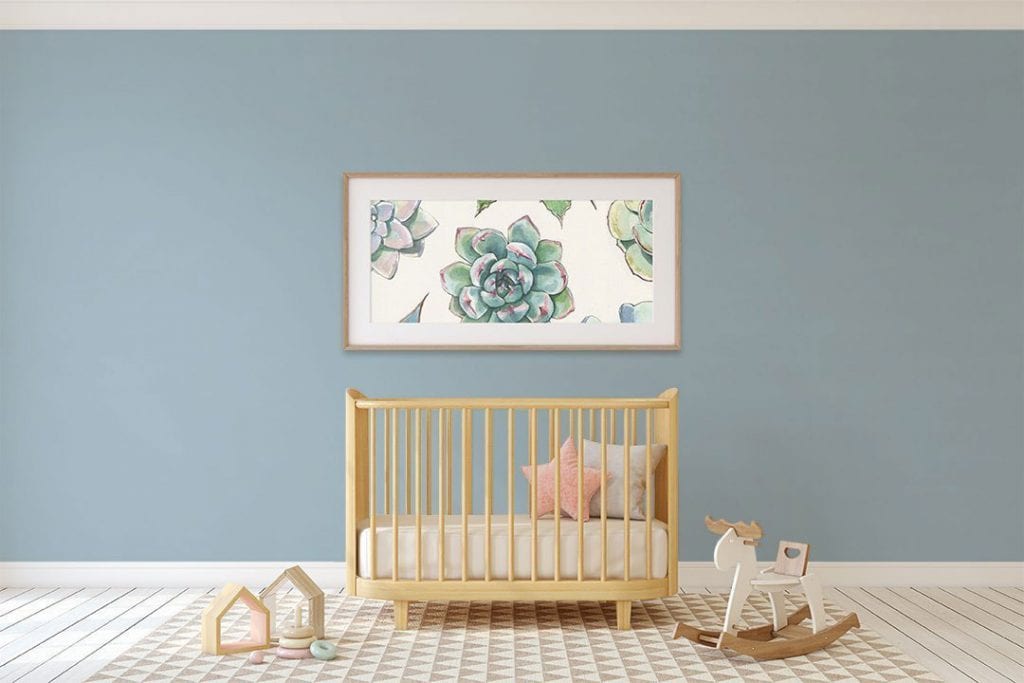Follow these tips to make your upcoming decorating project less harsh for the environment.
By Diane Franklin
If you’re an environmentally conscious consumer, chances are you’re already doing all the “right” things to preserve the earth. You probably use recycled shopping bags, fill up your recycle bin to the brim every w seek, and you may have even mastered the fine art of composting. Your consumer purchases probably reflect a green-friendly lifestyle—from the locally sourced foods you buy to the energy-efficient appliances you use—right down to the selection of the correct type of light bulb.
When a decorating project springs up on your “to-do” list, do you continue your green lifestyle choices? Are you careful about selecting the most eco-friendly paints and sundries? Have you figured out a way to cut down on disposal of old materials such as carpet, cabinets or tile? Are you doing everything you can to be conscientious of the environment while also using products that are beneficial to your health and wellbeing?
Here are six tips to ensure that you are making the best environmental choices whenever you decorate your home.
-
Use Environmentally Friendly Paints and Coatings
Paints with low or no VOC content are your best bet for being kind to the environment. VOCs stand for Volatile Organic Compounds, and when dissipated in the air, they lead to poorer air quality. Eliminating the VOCs also means eliminating the odor, which makes the painting experience more pleasant as well as healthier, which is particularly important in households that have infants, young children or persons with respiratory issues.
-
Buy a High-Quality Paint
It may cost a little more at the outset, but buying a higher-quality paint will save you time and money in the long term—and it’s also better for the environment. Why? Because a higher-quality paint is going to cover better and last longer. If you can extend your paint finish’s life by two or three years, that’s an environmental advantage because it means less associated waste from used paint cans, rollers, brushes, drop cloths and other painting supplies—another plus for the environment.
-
Paint Instead of Replace
Kitchen looking a bit tired? Your first inclination may be to buy new cabinets and countertops. But the more environmentally friendly choice—as well as the more economical one—would be to repaint what you already have. Instead of relegating your old cabinets and countertops to a landfill, you can freshen them up by using a painting transformation kit specially designed for these surfaces. Or if you’d rather not do the painting yourself, hire a painting contractor to do an expert job for you.
-
Buy Recycled Products
There are several recycled products in the sundries aisle of your paint and decorating store that perform just as well as those made from originally manufactured materials. Among the recycled products are paint trays, drop cloths, paintbrushes—even the paints themselves. Some retailers sell recycled paint brands, which can be just fine for painting a basement or a garage.
-
Use Safer Product Formulations
Another way to be environmental in your decorating choices is to use products with safer formulations—i.e., no harsh or toxic chemicals. There are paint strippers marketed as “safer” because they are free of such harmful ingredients as methylene chloride. Ingredients such as methylpyrrolidone (also known as NMP) make for a safer paint-stripping experience in which skin and eye irritation and hazardous fumes are not an issue. There are also safer versions of mold and mildew killers for cleaning your house and/or deck. Look for bleach-free formulations, which are not only better for the environment but also less dangerous to your plants.
-
Dispose of Leftover Products Safely
The best way to handle leftover paint is to try not to have any in the first place. Measure the square footage of your room so you buy only the quantity you need. If you have leftover water-based paint, the proper way to dispose of this product is to remove the lid, throw in some kitty litter to solidify what’s in the can, and then discard it with your regular trash. In the case of oil-based paints and other solvent-based products, dispose of them at your community’s household hazardous waste facilities.
Another option for leftover paint is to donate it to a local school or theater group. If your state is located in one of the states covered by the PaintCare recycling program (California, Colorado, Connecticut, Maine, Minnesota, Oregon, Rhode Island, Vermont as well as Washington, D.C.), check the PaintCare website at www.paintcare.org for a leftover paint drop-off location near you.

 Interior Paints
Interior Paints Exterior Paints
Exterior Paints Primers
Primers Stains & Clears
Stains & Clears
 Paint Brushes
Paint Brushes Paint Roller
Paint Roller Paint Trays & Liners
Paint Trays & Liners
